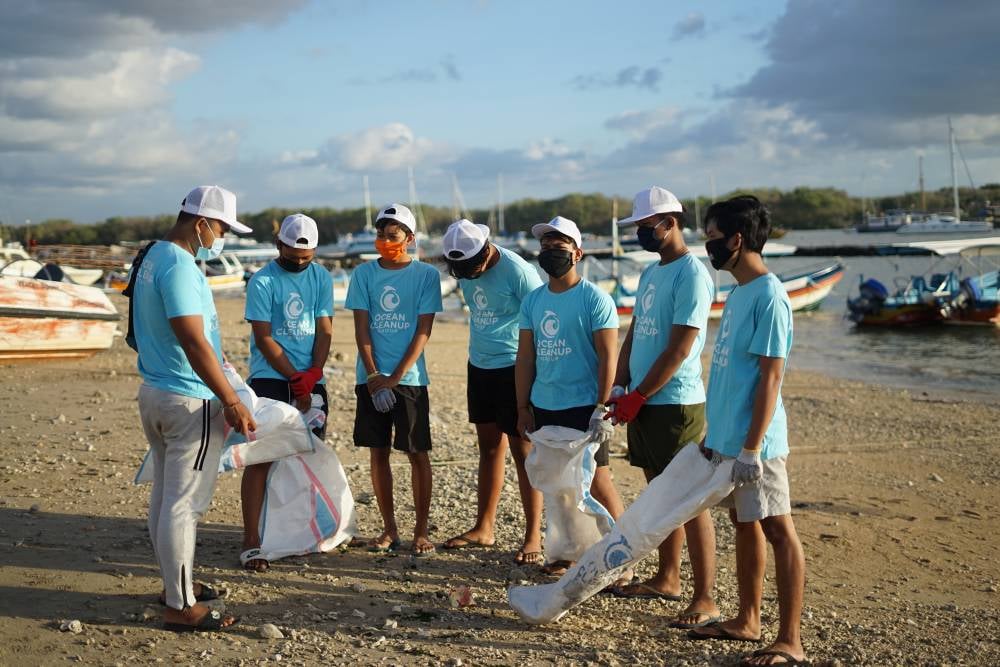Volunteers are an integral part of many nonprofit organization’s operations. They provide valuable support, help offset the cost of productivity, and contribute to a charity company’s network and community. They can also bring their unique skill sets, networks, and perspectives for the success of your organization, fundraising efforts, and cause.
Recruiting volunteers is a key part of a nonprofit’s business strategy. Every charity organization should have tailored volunteer recruitment strategies to help increase the number of people who support your cause.
In this recruitment guide, we’ll share nine tips for how to attract volunteers in a way that fits your company. Adapt the tactics below and you’ll be well on your way to running a healthy volunteer program that drives your organization.
Before beginning with the recruitment process, it’s important to figure out what you need from potential volunteers. What would they assist with? Where are there gaps in your operational structure and how can volunteers help fill them?
With your goals and needs in mind, you can ensure you welcome people who can help you achieve them.
The second element you need to prepare before actively engaging potential team members is a volunteer program.
Outline a strong and clear program for the people coming in. This includes their job description, anticipated hours, who they will work with, the projects they’ll work on, and more.
It also means deciding on platforms you will use to manage incoming volunteers. Consider communication methods, volunteer management software, and other systems to support your relationship with them.
Onboarding is a vital step to plan before receiving volunteers. It is a system to help new volunteers adjust to your company. During the process, you should share information about your cause, the projects you work on, your mission, and the company culture. Onboarding is also the perfect moment to share the skills and traits they will need to work well with your nonprofit.
Prepare onboarding materials like a volunteer guidebook, virtual or video training, in-person events, etc. Be sure to have a variety of ways that people can learn to make the experience more interesting and accommodating of different kinds of people.
Volunteer info sessions don’t just have to be an onboarding technique. You can also use them as a recruitment strategy.
Host information and recruitment events where volunteers can meet your team and you can chat to them about your cause. Give them space to ask questions. Get past volunteers to give testimonials. This is a wonderful way to show potential leads how you work, the kind of community you have, and what their role would be in the organization.

There are many ways that you can recruit new volunteers. The ones you choose depend on your capacity and target audience based on your needs, goals, and cause. If your mission connects you to a younger audience, for example, social media may be a great recruitment platform. Think about these factors when selecting a channel.
Some of the channels you can choose from include online forums, social media, emails, cold calls, mail, and more. You can also use advertising (traditional and digital) to attract people and grow awareness around your search for volunteers.
When thinking about where to recruit volunteers, you don’t always need to go far from where you already are. Dig into your existing networks and connect to the people who are already aware of your company and cause.
List the different parties that contribute to your network and work and approach them as recruits as well as sources of potential volunteers. Your current network can be a valuable pool of people to add to your volunteer group.
Evaluate your network including sponsors and donors, partners, board members, staff, past volunteers, other supporters, and more. Reach out to them via email and ask for volunteer referrals. Some, like past helpers, may be open to coming back and working with your nonprofit again.
Take your recruitment to your local community spaces and you could gain access to tons of willing people. Places like schools, churches, local businesses, and clubs, etc. are already driven by community and belonging. These could present the perfect opportunity to find people within your target demographic to come on board.
Make it easy for interested individuals to find out more about your program and sign up by setting up a dedicated volunteer page.
Share all information related to your program and what volunteers do for you, adding testimonials and volunteer videos as visuals. Highlight major company events and explain why your cause is important and how volunteers are valuable to achieving your mission. Set up signup forms or ways for people to contact you and find out more.
Volunteers are not simply additions to your organization. You need to make this clear throughout your recruitment strategy. How do you show appreciation to them and celebrate their contributions to your organization?
Have moments to honor what they do for you, like parties, social media posts for significant milestones, and more. If you can afford it, commemorate volunteer birthdays or gift them something at the end of a project or year.
You can create videos, pictures, and other forms of volunteer-centric content and share it on all your platforms. Potential recruits will see how you treat volunteers and may want to join your warm family. In addition, if your current volunteers are happy, they may recommend your program to others and bring their networks on board.

There are multiple ways to attract new volunteers and grow awareness of your brand and cause in the process. The ones you opt for depend on what you want to achieve, your institutional capacity, and more.
Design a recruitment strategy that’s unique to your goals, needs, community, resources, and networks. Most importantly, treat your program with the importance it deserves and others will, too.
